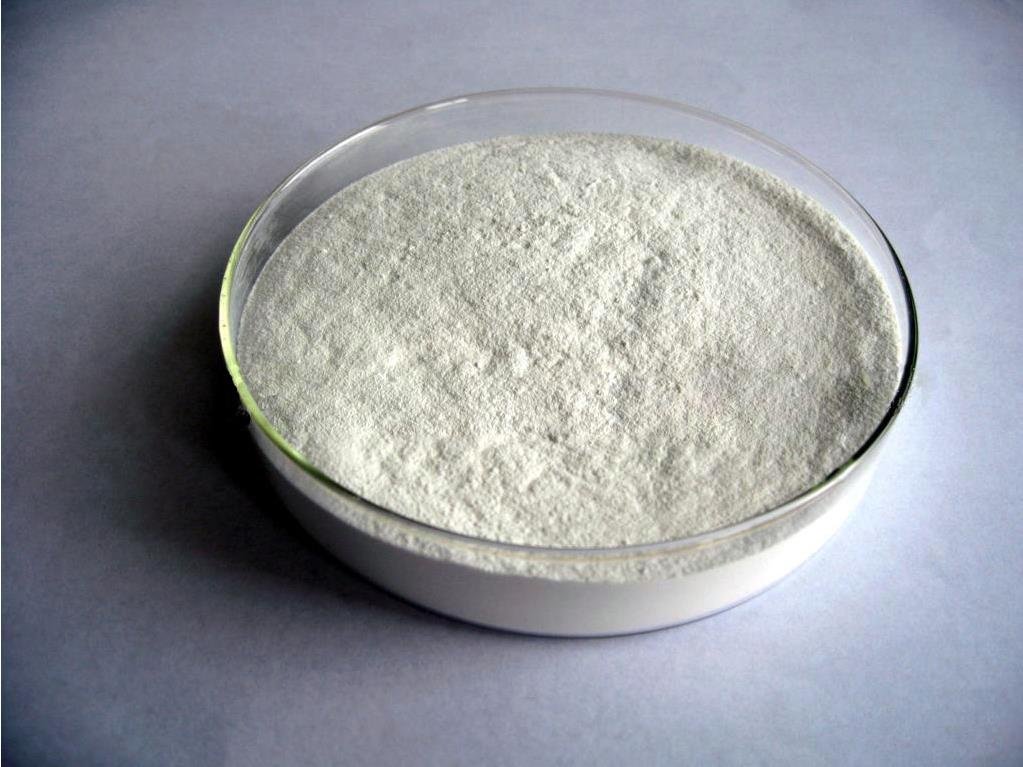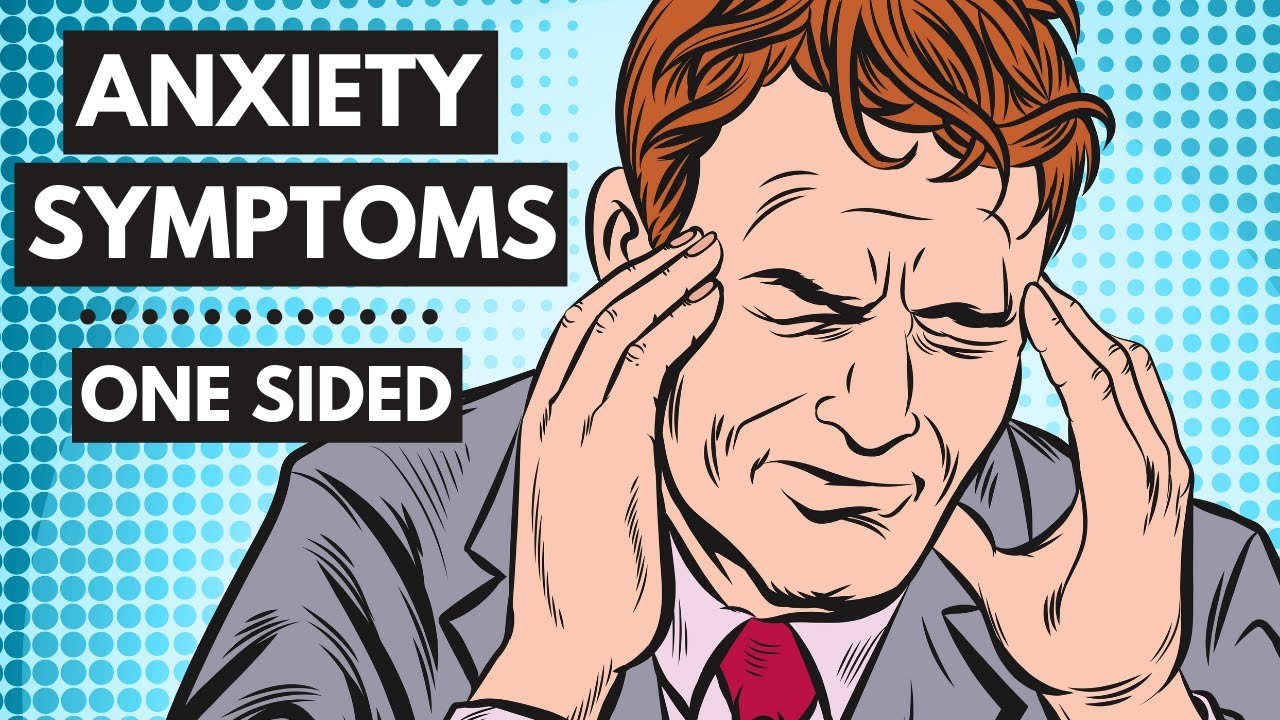Beauty standards are always evolving, and nowhere is this more evident than in India. With its rich cultural heritage and diverse population, Indian beauty standards have always been complex, influenced by tradition, media, and globalization. In this blog post, we’ll explore what beauty means in India, how these standards have changed over time, and what they might look like in the future.
What Are Indian Beauty Standards?
Indian beauty standards have traditionally emphasized certain physical traits, many of which are deeply rooted in cultural and historical contexts. These standards often reflect a mix of ancient ideals, colonial influences, and modern trends. Here’s a breakdown of some of the key elements:
1. Fair Skin
- Historical Roots: Fair skin has been associated with nobility and higher social status for centuries in India. This preference is partly due to the influence of Aryan, Mughal, and British rule, where lighter skin was seen as a mark of superiority.
- Current Trends: The fair-skin preference remains strong, as seen in the popularity of fairness creams and skin-lightening treatments. However, there is a growing movement challenging this standard, advocating for the acceptance of all skin tones.
2. Hair and Hairstyles
- Long, Dark Hair: Traditionally, Indian beauty standards have favored long, thick, and dark hair. This ideal is often seen in Bollywood movies, where heroines sport glossy, voluminous locks.
- Changing Styles: In recent years, more women are embracing diverse hairstyles, including shorter cuts, curls, and even experimenting with hair colors that break away from the norm.
3. Body Shape and Size
- Curves with Proportion: Historically, a fuller figure was often celebrated in Indian culture, symbolizing fertility and prosperity. However, modern influences have introduced a preference for slimmer body types, especially in urban areas.
- Fitness Influence: With the rise of fitness culture, there’s a growing emphasis on being fit rather than conforming to a specific body type. This shift is slowly expanding the definition of what it means to have a “beautiful” body in India.
4. Facial Features
- Symmetry and Structure: Traditional beauty standards in India emphasize symmetrical facial features, with particular attention to large, expressive eyes, a straight nose, and full lips. These features are often highlighted in classical Indian art and cinema.
- Cosmetic Trends: The influence of global beauty trends has led to a rise in cosmetic procedures aimed at enhancing these features. However, there’s also a counter-movement celebrating natural beauty and unique facial characteristics.
The Impact of Bollywood and Media
Bollywood has played a massive role in shaping Indian beauty standards. For decades, the film industry has set the bar for what is considered attractive, with its leading actors and actresses often epitomizing the country’s beauty ideals.
Bollywood’s Influence
- Idealization of Stars: Bollywood stars have long been seen as the gold standard of beauty in India. Their looks, from skin tone to body shape, often set trends that the public strives to emulate.
- Changing Narrative: Recently, there’s been a shift in how beauty is portrayed in Indian cinema. More films and advertisements are celebrating diversity, featuring actors of different skin tones, body types, and ages. This shift is slowly but surely changing public perceptions.
Social Media’s Role
Social media has further complicated and diversified Indian beauty standards. Platforms like Instagram and YouTube have given a voice to those challenging traditional norms, promoting body positivity, and encouraging self-acceptance. Influencers and everyday people alike are using these platforms to redefine what beauty means in a modern Indian context.
The Future of Indian Beauty Standards
Embracing Diversity
The future of Indian beauty standards looks promising, with a growing acceptance of diversity in skin tones, body types, and facial features. The younger generation, in particular, is more open to breaking away from traditional norms and embracing a broader definition of beauty.
Global Influence
Globalization continues to play a role in shaping Indian beauty standards. While there’s still a strong desire to retain cultural identity, Indian beauty ideals are increasingly blending with international trends, leading to a more inclusive and varied understanding of beauty.
Conclusion
Indian beauty standards are a fascinating blend of tradition, media influence, and evolving social attitudes. While certain ideals, like fair skin and symmetrical features, have persisted over time, there’s a clear shift towards embracing diversity and self-acceptance. As India continues to modernize and globalize, its beauty standards will likely continue to evolve, reflecting both its rich cultural heritage and the changing world.
FAQs
Q: Why is fair skin preferred in Indian beauty standards?
A: The preference for fair skin in India has historical roots, linked to social status and colonial influences. However, there’s a growing movement challenging this standard and promoting acceptance of all skin tones.
Q: How has Bollywood influenced Indian beauty standards?
A: Bollywood has set the benchmark for beauty in India for decades. However, the industry is gradually shifting towards celebrating diversity, showcasing a wider range of beauty ideals.
Q: Are Indian beauty standards changing?
A: Yes, Indian beauty standards are evolving. There’s a growing acceptance of diverse skin tones, body types, and facial features, influenced by social media, global trends, and changing societal attitudes.
Q: What role does social media play in shaping Indian beauty standards?
A: Social media has given a platform to voices challenging traditional beauty norms, promoting body positivity, and encouraging self-acceptance, leading to a more inclusive definition of beauty in India.










